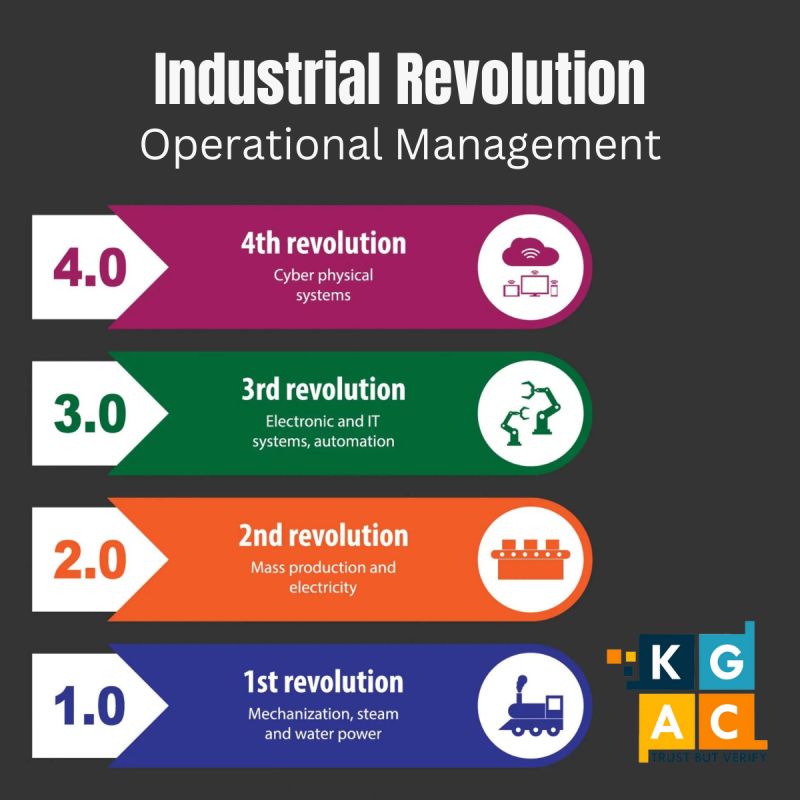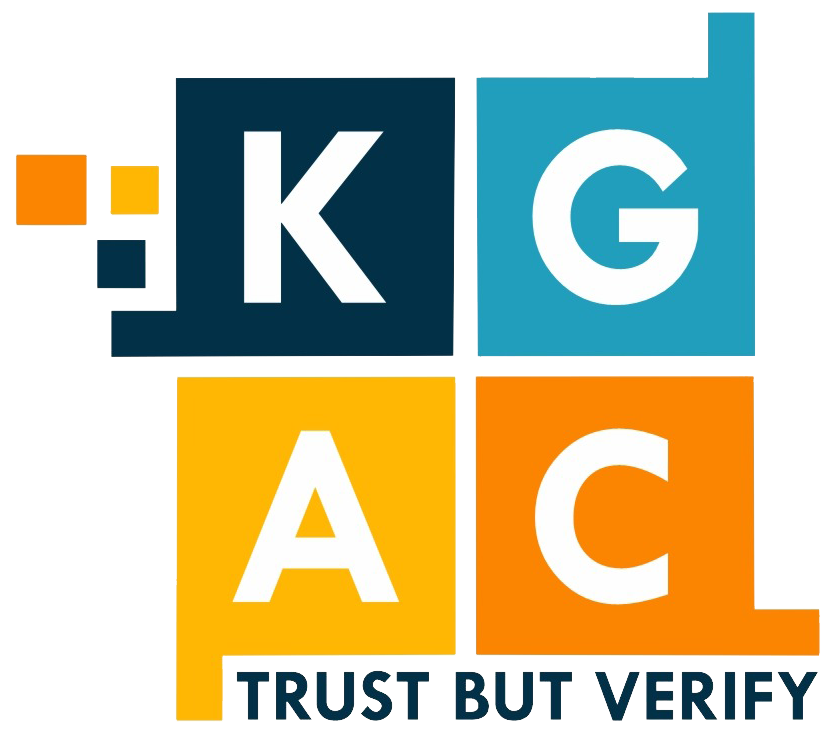
In our recent blog posts, we discussed risk management within the manufacturing sector.
However, from the onset of the Industrial Revolution in the late 18th century, marked as Industry 1.0, manufacturing has advanced to its current state, often denoted as Industry 5.0. The industry has undergone a significant journey of evolution since its inception, and this progression continues into the present day.
𝗜𝗻𝗱𝘂𝘀𝘁𝗿𝘆𝟭.𝟬
During the initial industrial revolution, known as Industry 1.0, there was a transition from manual labor to mechanized manufacturing processes. The advent of the steam engine marked a crucial development, providing a dependable power source for both manufacturing and transportation. This era witnessed the migration of people from rural to urban areas in pursuit of employment in the growing factories, leading to a shift from decentralized to centralized industrial practices.
𝗜𝗻𝗱𝘂𝘀𝘁𝗿𝘆 𝟮.𝟬
The creation of the telegraph and subsequently the telephone substantially enhanced long-distance communication. Electric lighting, too, profoundly influenced workspaces, enabling extended working hours. Manufacturing saw notable innovations, with the assembly line introduction playing a key role in streamlining production processes.
𝗜𝗻𝗱𝘂𝘀𝘁𝗿𝘆 𝟯.𝟬
With the increasing prevalence and enhanced capabilities of computers, the manufacturing sector adopted their integration for tasks such as data processing, control systems, and automated decision-making. The utilization of Programmable Logic Controllers (PLCs) emerged as a significant development, which minimized the necessity for manual adjustments and reduced human intervention in numerous instances.
𝗜𝗻𝗱𝘂𝘀𝘁𝗿𝘆 𝟰.𝟬
The collection and analysis of large volumes of data generated by IoT devices and other sources is used to gain insights, identify patterns, and make data-driven decisions. With increased connectivity, cybersecurity becomes a critical concern. Protecting data and systems from cyber threats is a significant aspect of Industry 4.0.
𝗜𝗻𝗱𝘂𝘀𝘁𝗿𝘆 𝟱.𝟬
Industry 5.0 is seen as the next generation of manufacturing, although some higher-tech manufacturing companies have begun to adopt the concepts. The market is poised for a transformation, anticipating an increased demand for customization from consumers compared to previous trends. Industry 5.0 is set to elevate customization to the forefront of manufacturing.
The transition from Industry 1.0 to Industry 4.0 signifies an ongoing development of technology and industrial methods, with each stage building upon the advancements of its predecessor. Industry 4.0 stands as the apex of digital technologies and automation, Meanwhile, Industry 5.0 is further refining the approaches introduced in the fourth industrial revolution, placing a heightened emphasis on the collaboration between people and technology.
#industrialdevelopment #operationsmanagement #riskmanagement
